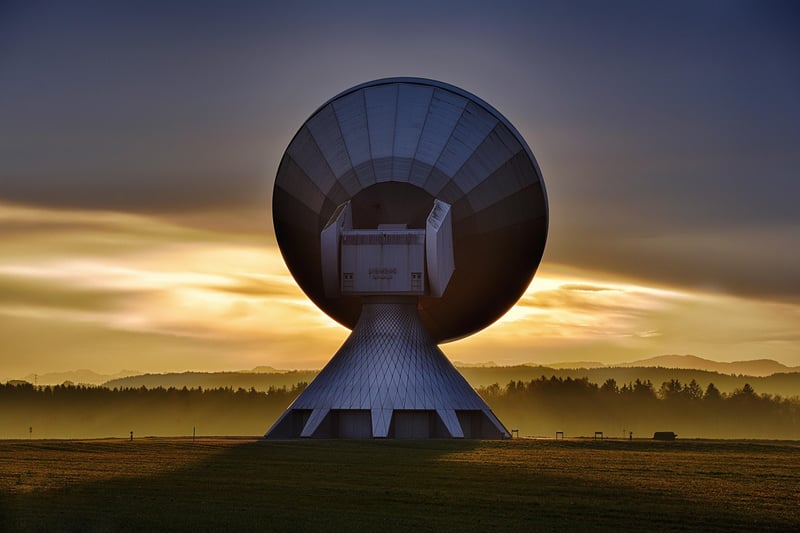Spacecraft Engineering
The Future of Spacecraft Engineering: Cutting-Edge Advancements
Spacecraft engineering has always been at the forefront of technological innovation, pushing the boundaries of what is possible in space exploration. In recent years, there have been significant advancements in the field that are shaping the future of spacecraft design and capabilities.
1. Electric Propulsion Systems
One of the most exciting developments in spacecraft engineering is the adoption of electric propulsion systems. These systems use electric power to accelerate propellant, providing higher efficiency and longer operational lifetimes compared to traditional chemical propulsion systems. This technology is revolutionizing deep space missions by enabling spacecraft to travel further and faster than ever before.
2. Additive Manufacturing
Additive manufacturing, also known as 3D printing, has transformed the way spacecraft components are designed and built. This technology allows engineers to create complex geometries and lightweight structures that were previously impossible with traditional manufacturing methods. 3D printing not only reduces the weight of spacecraft, improving fuel efficiency, but also enables rapid prototyping and customization of parts for specific mission requirements.
3. Autonomous Navigation Systems
Autonomous navigation systems are becoming increasingly important in spacecraft engineering, allowing spacecraft to make decisions and course corrections without human intervention. These systems use advanced algorithms and sensors to analyze the spacecraft's surroundings and navigate through space with precision. Autonomous navigation is essential for future missions to distant planets and asteroids where real-time communication with Earth is not feasible.
4. Inflatable Habitats
For long-duration missions to Mars or beyond, inflatable habitats offer a lightweight and compact living space for astronauts. These habitats can be easily transported in a compact form and inflated once in space, providing a comfortable environment for crew members during extended missions. Inflatable habitats are a cost-effective solution for creating living quarters in space and are a key technology for future manned missions to other planets.
5. Solar Sails
Solar sails harness the pressure of sunlight to propel spacecraft through space without the need for traditional rocket propulsion. These large, lightweight sails capture photons from the sun to generate thrust, allowing spacecraft to travel vast distances with minimal fuel consumption. Solar sails are a promising technology for interstellar travel and could enable missions to explore the outer reaches of our solar system and beyond.

As spacecraft engineering continues to evolve, these cutting-edge advancements are shaping the future of space exploration and paving the way for new discoveries beyond our planet. By integrating electric propulsion systems, additive manufacturing, autonomous navigation, inflatable habitats, and solar sails, engineers are pushing the boundaries of what is possible in space and opening up new possibilities for humanity's exploration of the cosmos.
Exciting times lie ahead as we embark on missions that were once only dreamed of, propelled by the innovative technologies developed by spacecraft engineers today.
